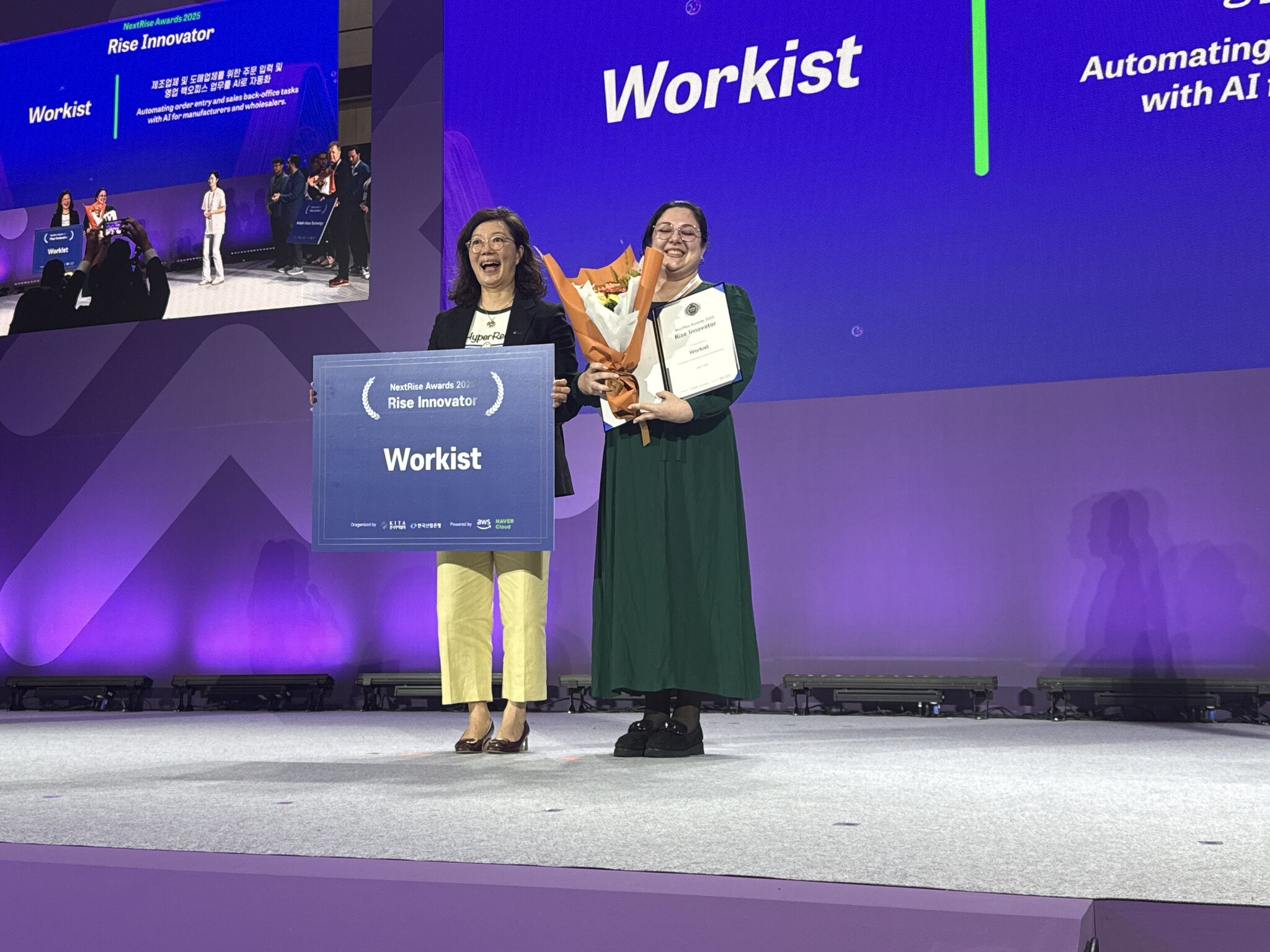Robotic Process Automation (RPA) is a tool that many companies use to rationalize business processes, increase efficiency and reduce costs. In this article, we take a closer look at the technology. We explain what RPA actually is, how it can be implemented and what advantages and disadvantages it has. We also shed light on the cases in which companies would be better off using alternative solutions for process automation.
Understanding Robotic Process Automation
Robotic process automation is a technology that automates recurring and rule-based tasks by imitating human actions. Users create and implement scripts, also known as bots, which execute predefined keystrokes or time-based actions. Usually without an employee monitoring the process. This helps companies to become more efficient and productive.
Originally, RPA was only designed to automate simple and repetitive tasks such as master data maintenance. It has now evolved considerably and is also used in conjunction with artificial intelligence (AI) and machine learning. This combination enables intelligent process automation that makes even complex processes more efficient and streamlined (more on this later).
In general, companies from a wide range of sectors - from banking and finance to healthcare and manufacturing - can take advantage of RPA to optimize their processes and improve customer service.
The most important elements of RPA
The basic building blocks for Robotic Process Automation are:
- Software robots: These robots perform tasks by interacting with existing systems.
- Control Hub: All automation scripts are managed and controlled here.
- Development environment: This environment is used to create and monitor automation scripts.
What advantages does RPA offer?
RPA brings a wealth of benefits when it comes to handling structured data that can be easily processed and manipulated. These include, among others:
- Automation of everyday, rule-based processes
- Lower operating costs
- Greater accuracy in data processing
- Reduced processing time
- Improved customer experience
RPA is proving to be particularly effective for document processing tasks. Among other things, it can be used to extract, validate and classify data. By automating these tasks, companies reduce manual work, minimize human error and speed up processing.
Resources are utilized more efficiently overall, which increases productivity and improves customer service. The fact that RPA automates repetitive tasks can also increase employee satisfaction. Employees can focus on more important, value-adding activities and take care of tasks that require creativity, problem-solving and strategic thinking.
Overall, this makes RPA a valuable tool for companies that want to remain competitive in today's world.
These are the disadvantages of RPA
Despite the advantages that RPA brings in theory, the technology in its pure form quickly reaches its limits in practice. This is because RPA is good at handling structured data and processing standardized documents. However, problems can quickly arise in processes where a wide range of documents need to be processed - for example, when entering orders. This is because real documents often contain variables and data that do not fit into a predefined process. As RPA is not adaptable, such unexpected entries disrupt the automated process. Employees then have to intervene manually and adapt the rules. This in turn costs valuable time and resources. In general, the accuracy of RPA decreases if, as in order entry, many different documents have to be processed with a variety of rules.
The set of rules for document processing must also be continuously adapted, expanded and maintained on a customer-specific basis - for example, when the company grows and new customers (and therefore new formats and documents) are added. The more formats and cases are stored in the set of rules, the more complex the system becomes and the more time-consuming and resource-intensive maintenance becomes. It is almost impossible to map all possible process variants and special cases.
In addition, the costs for robotic process automation can be high. Extra staff are often hired to implement and manage the software. RPA systems also need to be constantly maintained and updated to ensure that they function optimally and take account of changing conditions.
Companies should therefore critically scrutinize whether they want to jump straight to the highest level of automation and use high-quality AI software before deciding on an RPA solution. Companies already using RPA software should evaluate how resource-intensive the maintenance and servicing of these systems is.
Who can use Robotic Process Automation?
Numerous industries can utilize the benefits of RPA to improve their processes and increase efficiency. These include, among others:
- Finance (banking and accounting)
- Healthcare
- Human Resources
- Manufacturing
- Retail Trade
- Wholesale
- Customer Service
- IT
- Logistics
Depending on the industry, tasks can be automated, costs reduced and accuracy increased in various ways. Some of the most important use cases are:
- Fill in forms
- Copy, paste and move data
- Read and process information from systems and structured documents
- Perform calculations
- Execute if-then commands
- Process data from the Internet
- Open emails and process attachments
Overall, companies in all sectors can free up more time and resources for the strategic and creative aspects of their business.
Best practices for the introduction of RPA
In order to implement RPA successfully, one should proceed step by step and consider some best practices. Processes should be examined for their automation potential and an RPA competence centre should lead and manage the entire automation process.
Analyse processes for automation
As a first step, companies should carefully evaluate their business processes to identify the repetitive, rule-based tasks that can be automated. In doing so, companies should focus on the tasks with the greatest potential for cost savings and efficiency gains. They should also analyse whether RPA is really the optimal solution for these tasks and processes - or whether other approaches might promise better results. This is the only way to maximize the benefits of RPA and increase efficiency and accuracy.
Once the processes and requirements have been defined and RPA has been identified as the optimal solution, you can then start looking around for suitable RPA software.
Set up a centre of excellence for RPA
An RPA Centre of Excellence helps to control and manage automation. This involves creating a team of experts who are responsible for successfully implementing efficiency programmes within the company and ensuring that the RPA implementation is in line with the company's goals and strategies.
In addition, pilot programmes and tests should be initiated to ensure that the RPA bots are working optimally before handing over control of a business process to them.
Overcoming challenges during the introduction of RPA
In order to fully utilize the potential of RPA, there are a number of hurdles to overcome. Data security and compliance must be ensured and change and employee engagement must be managed in order to minimize resistance and maximize success.
Ensuring data security and compliance
Protecting sensitive data and complying with applicable regulations is essential when using RPA. Companies must ensure that their data is managed securely and effectively. They achieve this through security protocols that comply with the applicable laws and regulations.
Managing change and employee engagement
For the introduction of RPA to run smoothly, companies must also effectively manage change and employee engagement throughout the process. This includes ensuring that employees are trained and supported and that everyone involved is behind the project and supports its goals. Active change management can ultimately determine the success of RPA software in organizations.
Future trend: AI for intelligent automation

The automation of business processes is constantly evolving. The most important trend is probably hyperautomation, in which advanced automation technologies are used to create end-to-end automation solutions. Artificial intelligence (AI) is particularly promising here.
Using AI instead of RPA paves the way for the automation of more complex tasks and enables true digital transformation. In future, almost every process within a company can be rationalized and automated end-to-end - including order entry. AI compensates for the weaknesses of RPA in document processing and enables an intuitive understanding of documents, as would be the case with human processing. In addition, unlike RPA software robots, an AI can monitor the process independently and rectify errors in real time.
Conclusion
Overall, RPA brings significant benefits for companies because the technology automates repetitive tasks and optimizes processes in various industries. If companies carefully evaluate their processes, overcome challenges and keep abreast of future trends, they can fully utilize the potential of robotic process automation.
In order to remain competitive in the future, companies should scrutinize exactly which tasks RPA is suitable for - and in which cases more advanced technologies make more sense. AI-based solutions - such as those offered by Workist for order entry - are generally the best alternative, especially for companies that need to process more complex documents or map extensive processes. These provide the highest level of automation and are significantly more flexible and reliable when processing numerous different documents with a wide range of rules. At the same time, they are significantly less costly and resource-intensive than RPA.
Frequently asked questions about Robotic Process Automation
What is Robotic Process Automation capable of?
Robotic Process Automation offers the ability to automate mundane and repetitive computerized tasks, such as copying and pasting data and transferring files. It can improve efficiency in the workplace. RPA is also a great way to save time by reducing manual labour and time spent on monotonous tasks.
What is the difference between RPA and AI?
RPA is used to automate repetitive, manual tasks. The software robot relies on precise input that clearly specifies what it should do with which information. An AI, on the other hand, uses unstructured data to develop its own logic. It is therefore also able to make its own decisions and carry out analyses. This makes AI suitable for completely automating repetitive, manual processes, while RPA is only practical for individual, rule-based tasks.
Is RPA a form of AI?
RPA is a form of automation. Robotic process automation requires human input to automate repetitive tasks. AI, on the other hand, can also automate complex tasks that require intelligence and decision-making. AI systems can also learn independently and optimize themselves over time.

%201.jpg)
